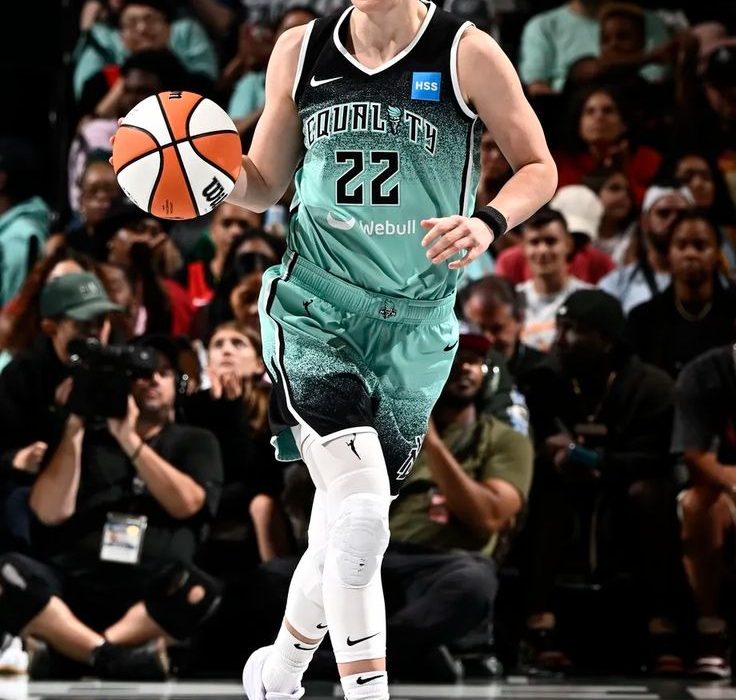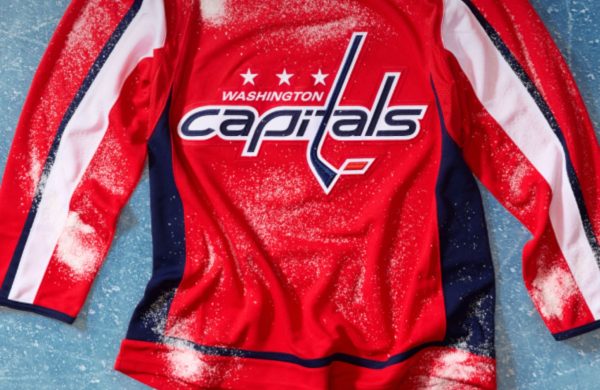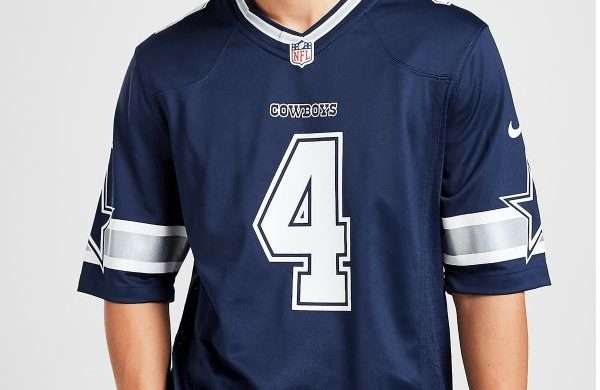Bridge sports culture with fashion – great for young audience targeting. This innovative approach taps into the dynamic intersection of athleticism and style, creating a vibrant space where sports enthusiasts and fashion-forward youth converge. As today’s youth increasingly seek authenticity, self-expression, and identity through their appearance, blending sports culture with fashion offers a compelling platform to engage this demographic in meaningful ways. From sneakers and streetwear to sports-inspired accessories, the fusion of athletic themes with fashion trends is reshaping how young people view style and lifestyle.
In this comprehensive article, we will explore the multifaceted relationship between sports culture and fashion. We’ll examine historical influences, contemporary trends, influential brands, and the cultural significance that makes this intersection so appealing to young audiences. Whether you’re a fashion enthusiast, a sports lover, or an industry insider, understanding how these worlds collide can inspire innovative ideas and help tailor marketing strategies effectively.
The Historical Evolution of Sports-Inspired Fashion
The connection between sports and fashion is not a modern phenomenon; it has deep roots that span decades. Recognizing this history provides context for current trends and reveals how past movements have shaped today’s styles. By tracing the evolution, we understand why young audiences are gravitating toward sports-inspired fashion and how this trend continues to evolve.
Early Roots: Athletic Wear as Everyday Fashion
While athletic wear was initially designed purely for functionality, early adopters began incorporating these garments into everyday outfits during the mid-20th century. Icons like James Dean popularized a rebellious look that included leather jackets and casual sportswear, which later evolved into mainstream fashion staples.
This era marked the beginning of sports-inspired pieces becoming symbols of youth rebellion and individualism. Brands like Adidas and Puma started producing footwear and apparel that transcended sports, influencing streetwear styles embraced by young generations.
The Rise of Streetwear and Hip-Hop Culture
In the late 20th century, streetwear and hip-hop culture propelled sports fashion into mainstream consciousness. Artists like Run-D.M.C. and LL Cool J often donned sneakers, tracksuits, and caps from sports brands, turning athletic gear into symbols of urban identity and attitude.
This period also witnessed collaborations between sportswear brands and musicians or artists, further cementing the link between sporting aesthetics and youth culture. The incorporation of bold logos, bright colors, and oversized silhouettes became hallmarks of this movement.
Modern Day: Athleisure and High-Fashion Mergers
Today, the lines between sports and fashion have blurred even further with the rise of athleisure—clothing designed for athletic activity but worn in casual settings. Luxury brands such as Gucci and Balenciaga have incorporated sports elements into their collections, elevating sporting aesthetics to high fashion.
The advent of social media influencers and celebrity endorsements has accelerated this trend, making sports-inspired fashion not just practical but aspirational. Young audiences now see athletic wear as a form of self-expression, comfort, and status symbol.
Contemporary Trends Connecting Sports Culture and Fashion
Modern fashion continuously draws inspiration from sports culture, creating innovative styles that appeal directly to young audiences seeking authenticity, performance, and individuality. Understanding current trends helps brands and designers craft relevant collections that resonate with youthful consumers.
Sneakers as Cultural and Fashion Icons
Sneakers are arguably the most prominent example of sports culture integrated into fashion. Once solely functional footwear, sneakers have transformed into collectible art pieces, fashion statements, and symbols of identity.
Limited editions, collaborations with designers or celebrities, and innovative designs have made sneakers highly desirable among youth. Platforms like StockX and GOAT facilitate sneaker trading, turning footwear into investment assets and cultural artifacts.
The popularity of sneaker culture underscores the importance of storytelling, exclusivity, and community in engaging young buyers. These shoes are more than utilitarian—they embody lifestyle, rebellion, and belonging.
Sports-Inspired Streetwear and Casualwear
Streetwear brands such as Supreme, Off-White, and Palace incorporate sports motifs, logos, and technical fabrics into their collections. Oversized hoodies, joggers, baseball caps, and windbreakers all draw from athletic apparel, making them versatile and fashionable.
An essential aspect of these trends is comfort paired with statement aesthetics—perfect for the on-the-go lifestyle of young consumers. The emphasis on bold branding and recognizable logos creates instant recognition and brand loyalty.
Techwear and Performance Fabrics
Advances in textile technology have enabled fashion to adopt high-performance features inspired by sports equipment. Water-resistant coatings, breathable meshes, stretch fabrics, and reflective materials enhance both function and style.
Young audiences appreciate clothing that combines aesthetics with practicality, especially in urban environments where weather flexibility and mobility are valued. Techwear merges futuristic design with sports science, appealing to tech-savvy and trend-conscious youth.
Sports-Influenced Accessories and Jewelry
Caps, backpacks, wristbands, and jewelry featuring team logos, sport motifs, or athletic aesthetics are widely popular. These accessories allow young consumers to showcase their affinity for sports culture subtly yet stylishly.
Designers are integrating sports symbols into jewelry, such as pendant necklaces shaped like medals or emblems that represent teams or leagues. This personalization fosters a deeper emotional connection with the sports they love.
Influential Brands and Collaborations Shaping the Style-Game
Several brands and collaborations have become pivotal in bridging sports culture with fashion, serving as catalysts for innovation and cultural relevance. Their influence extends beyond product offerings to shaping attitudes and perceptions among young audiences.
Major Sportswear Brands Leading the Charge
Brands like Nike, Adidas, Puma, and Under Armour dominate the scene, continually pushing boundaries with new designs, technological innovations, and strategic collaborations. Their marketing campaigns leverage athletes, musicians, and influencers to connect authentically with youth markets.
Nike’s “Just Do It” campaign exemplifies motivational messaging intertwined with sports culture, inspiring young consumers to pursue their passions through stylish athletic wear. Adidas’ collaborations with designers like Yohji Yamamoto and Pharrell Williams bring high fashion and street cred together seamlessly.
Fashion Houses Embracing Sports Elements
Luxury brands such as Balenciaga, Gucci, and Louis Vuitton have incorporated sports themes into their collections, blurring distinctions between performance gear and high fashion. For instance, Balenciaga’s chunky sneakers and oversized sports-inspired silhouettes resonate strongly with young fashionistas.
These collaborations signal a cultural shift where sportswear becomes an integral part of luxury fashion, making it more accessible and appealing to younger demographics seeking exclusivity and trendiness.
Notable Collaborations and Limited Editions
Limited-edition releases and collaborations create buzz and exclusivity, driving engagement among young audiences. Examples include Adidas x Kanye West’s Yeezy line, Nike x Off-White, and Puma x Rihanna Fenty.
These partnerships often combine innovative design, storytelling, and cultural references, resulting in products that transcend mere functionality to become cultural icons. Such collaborations effectively bridge the gap between sports, fashion, and personal identity.
Emerging Brands and Local Movements
Beyond giants, emerging brands rooted in local or niche communities foster authenticity and creativity. Brands like Fear of God, A Bathing Ape (BAPE), and advanced streetwear labels use sports-inspired aesthetics to build unique identities.
Supporting these smaller entities allows young consumers to participate in grassroots movements, emphasizing originality over mass-market trends.
Cultural Significance and Impact on Youth Identity
Integrating sports culture with fashion holds profound implications for youth identity, self-expression, and community building. Clothing and accessories serve as visual cues that communicate values, affiliations, and aspirations.
Expressing Individuality and Rebellion
Sports-inspired fashion enables young people to express aspects of their personality—whether they’re embracing athleticism, rebellious attitude, or street credibility. Wearing sneakers endorsed by idols or sporting team colors signals shared interests and values.
This mode of expression fosters a sense of belonging while also allowing room for personal innovation within established trends. It encourages experimentation with styles, mixing athletic gear with high fashion or vintage pieces.
Building Community and Social Status
Being part of sneakerhead circles or streetwear communities cultivates social bonds centered around shared interests. Attending sneaker drops, participating in online forums, or showcasing curated fits on social media reinforces community status and identity.
For many youths, these fashion choices are more than aesthetic—they symbolize cultural capital and social acceptance, shaping peer interactions and self-esteem.
Navigating Sports and Lifestyle Aspirations
Fashion rooted in sports culture inspires young people to pursue active lifestyles and healthy habits. Athletic attire often motivates participation in sports and fitness activities, promoting overall well-being.
Moreover, sports-inspired fashion embodies ambitions of achievement and excellence, resonating with youth who aspire to succeed both on and off the field.
The Role of Media and Social Platforms
Platforms like TikTok, Instagram, and YouTube amplify the reach of sports-inspired fashion trends. Influencers and celebrities showcase their styles, setting new standards and encouraging followers to adopt similar looks.
This digital environment accelerates trend adoption and fosters global youth communities united by shared aesthetics and cultural values.
Conclusion
Bridge sports culture with fashion – great for young audience targeting embodies a powerful synergy that taps into authenticity, self-expression, and community. From its historical roots to contemporary trends like sneakers as cultural icons, athleisure, and techwear, the fusion of sports and fashion continues to redefine style paradigms for youth worldwide. Influential brands and strategic collaborations further fuel this movement, making sports-inspired fashion not only a statement of style but also a reflection of identity and aspiration. As social media amplifies these trends, the future promises even greater innovation and inclusivity in merging sports culture with fashion, ensuring that young audiences remain at the heart of this exciting evolution.






